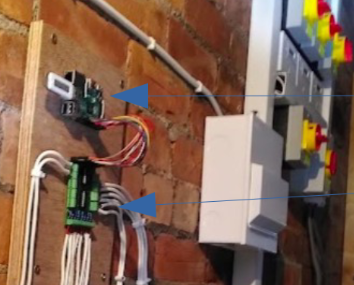Using a Raspberry Pi and the HeatSet circuit board to monitor your heating system

A project that I set myself a few years ago was to see if I could could live monitor how all our core energy systems in our home were performing. While I was obviously going to gather copious amounts of data and give myself every opportunity to join the growing number of people analysing spreadsheets, what I really wanted was a visual representation of how the system was performing right now. For example - do I have enough hot water in my hot water cylinder? A simple question but surprisingly difficult to answer without running a bath! What temperature is my heat pump operating at? How much heat did we actually use today and how well did the heat pump perform (moving into nerdy territory but stay with me)?
Raspberry Pis are truly incredible devices that allow you to join the worlds of low voltage electronics and software in ways that few other devices are able to do. By using a few relatively inexpensive devices such as flow meters and temperature sensors I was able to create my own heat meter and visualise it graphically using HeatSet open source software on a Raspberry Pi.
A heat meter installation will probably set you back about £1,000 - £1,500 for a one-off domestic installation. If you were DIY installing a heat meter it should cost about £500. This option would cost you about £150 for the heat pump component (the software can also monitor solar thermal, PV, battery and your hot water storage vessel temperature) but would need an electrician to install the electricity sub-meter to the heat pump. There are detailed instructions in the GitHub repository. Check it out!
